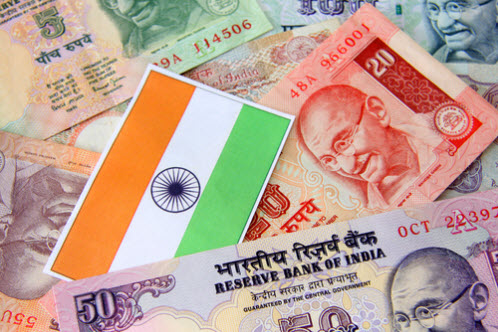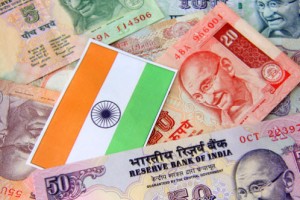The year 2014 began with a low growth rate of 4.7% in the first quarter but the Indian economy gained momentum once the Narendra Modi led government came into power with full majority. The newly formed government implemented various policies, most of which were received wholeheartedly the nation.
The Government raised Foreign Direct Investment (FDI) limits in Insurance, Railways and Defence and also liberalised the FDI conditions in real estate. However, the BJP led government disallowed FDI in multi-brand as it had stated in its manifesto.
To clear out the problems in the coal and power sector, the government initiated the process of e-auction to facilitate a transparent and non-discretionary method of allocation of coal blocks. This would enable commercial mining to enhance the potential of this sector, increase power generation and reduce costs.
The government was also able to get consensus on the Goods and Service Tax (GST) Bill, providing that a single, comprehensive tax be levied on manufacture, sale and consumption of goods and services at a national level.
Financial inclusion has been the aim of several previous governments formed as well as the current one in power. The Pradhan Mantri Jan Dhan Yojna was launched by Prime Minister, Narendra Modi to allow financial freedom to the economically weaker sections of the society. Under the scheme, Public Sector Banks were directed to open bank accounts with zero balance on the basis of Aadhar cards. These bank accounts came with other financial benefits such as accidental insurance cover of ₹ 1 lakh, overdraft facility up to ₹ 5,000 after 6 months of opening if the account, etc. About 10 crore bank accounts were opened under this scheme with the Government achieving its target.
The inflation rate in the economy have also come under control but that has mostly been due to the fall in the global oil prices. India imports 70% of its oil demand and the fall in oil prices has greatly helped in curbing inflation. In fact the inflation rate in November, 2104 was 0%. If the current trends continue, India may even be looking at de-inflation in the year ahead.
Mr Narendra Modi also launched the “Make in India” campaign to encourage investment in manufacturing infrastructure to be able to make India the manufacturing hub of the world. This powerful campaign is yet to show major results but it has already started attracting investments from all over the world.
The Asian Development Bank has projected a 5.5% growth rate for India for the financial year ending in March 2015. The year 2014 brought with itself a lot of changes for India and changes in the economy are a major part of them. We seem to have taken a positive turn financially but still await the stability.
Click here for government certification in Accounting, Banking & Finance





6 Comments. Leave new
Good effort!
Well written.
Very well explained.. Good job..
nice
Good one
good work!